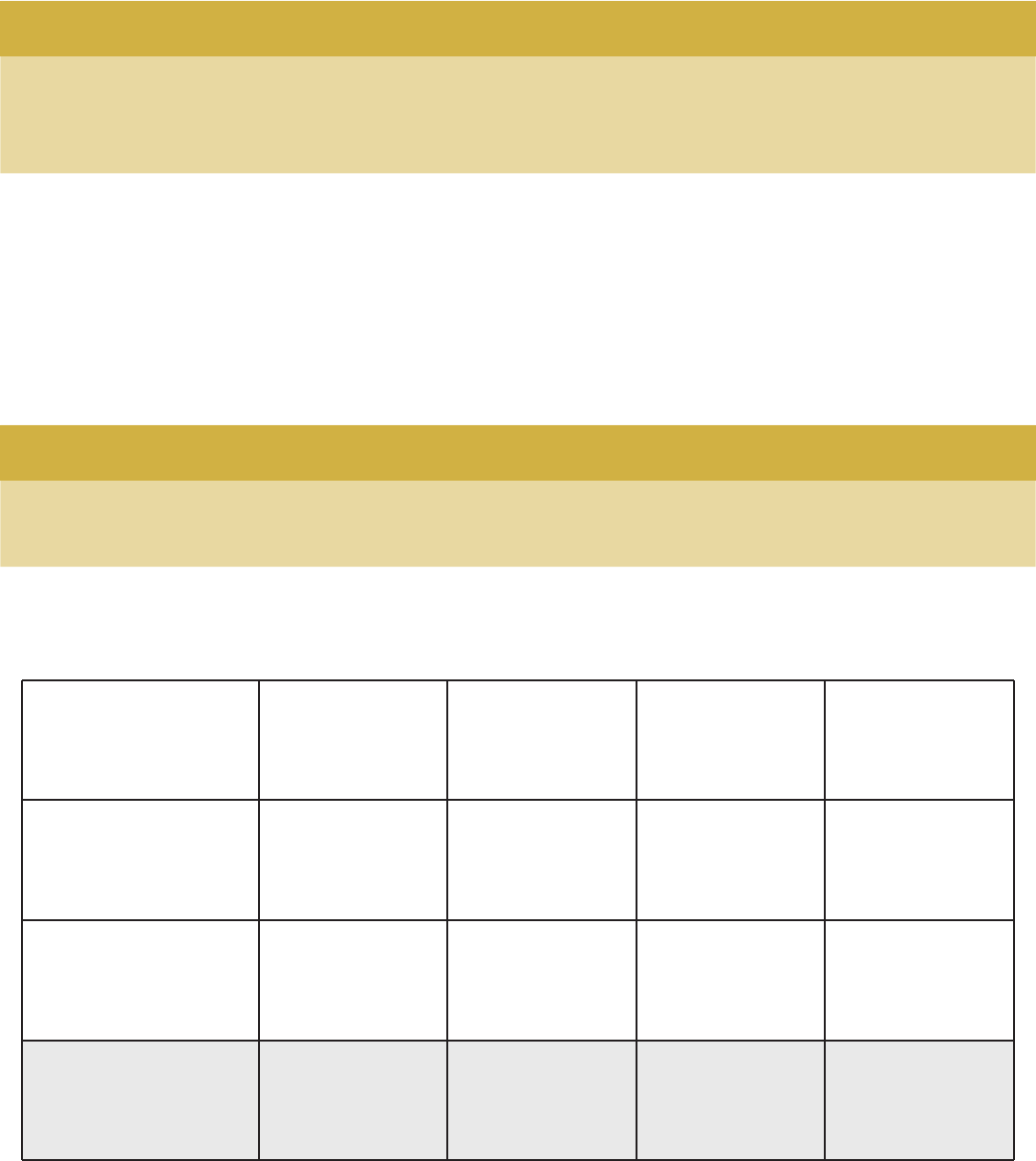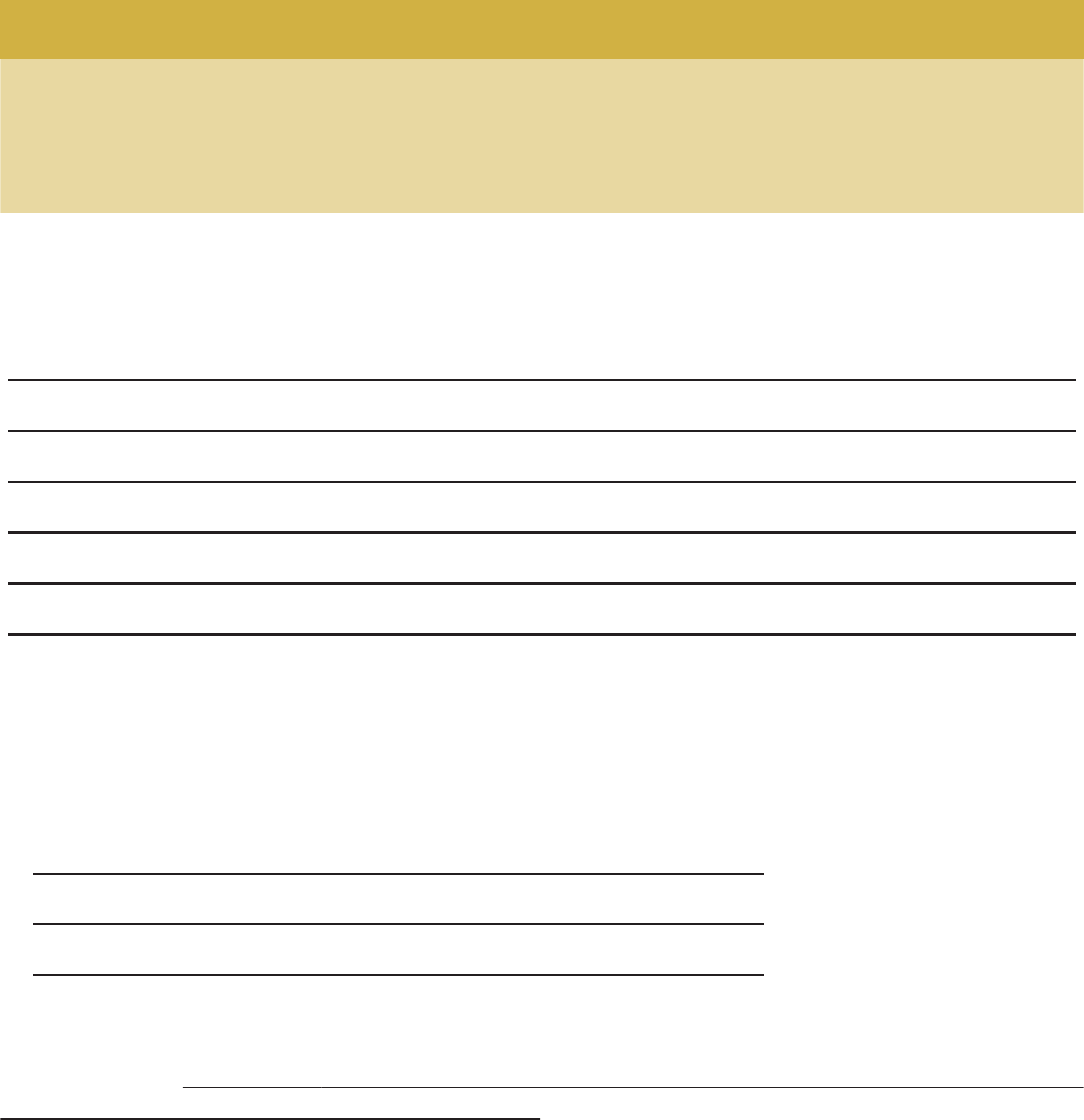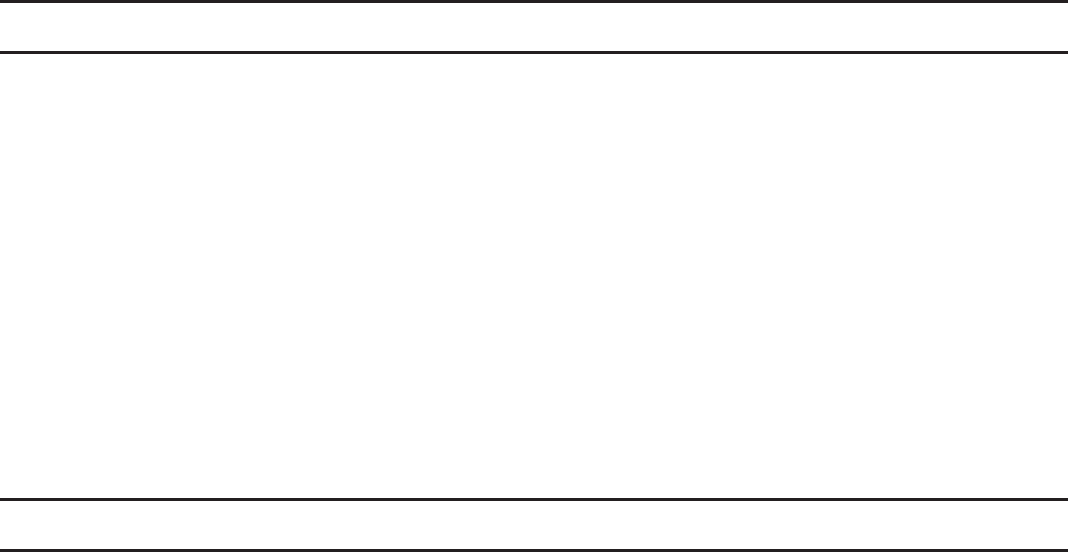
THE EXECUTION PLAN SERIES
HOW TO
CREATE A DEMO RECORDING
FOR YOUR MUSICAL
INTRODUCTION
If you’ve written a musical and want to start getting out into the world, a demo recording is an essential
tool to your success.
Just as playwrights submit their scripts to producers, festivals, regional theaters and more, musicals have
the same opportunities. But, a key difference is, of course, the music. When submitting your musical to
various opportunities it’s vital for the reader to hear a sample of the music and not just read the lyrics on
a page.
And that’s where your demo recording comes into play (pun intended).
A demo recording is a sample of the music from your show that can be created in a few different ways
depending on your budget, resources and time. It is also different than a full cast recording in many ways.
e purpose of a demo recording is to give the listener a good idea of the music of your show, while still
allowing them to envision it fully for themselves. A demo recording should be simpler than a full cast
recording. For example, on a full cast recording you would have all the singers singing each part, even if
it’s a five part harmony. And on a demo recording, you may only have a singer doing the melody, or
perhaps two singers singing melody and one harmony line.
e same idea is true in terms of the musicians playing on your demo recording. On a full cast recording
you would have all musical instruments playing the full orchestrations, whereas on a demo recording you
may only have a few important instruments such as a piano, guitar and/or drums.
Also, a full cast recording would feature all of the songs in your show, while a demo recording may only
feature a few songs. A demo recording is meant to give the listener a good idea of what your show sounds
like, but should remain fairly “bare bones”.
DEMO RECORDING OPTION ONE:
LOW BUDGET DIY
Good ol’ fashioned do it yourself job. If you are a musician who also sings, recording a demo can be
as simple as playing the piano and recording yourself at home. is is a very low budget version of a
demo recording, and depending on your music, singing and editing skills, the success of the recording will
vary greatly.
DEMO RECORDING OPTION TWO: HIRE A PRODUCER
Another option is to hire a producer. ere are many producers out there who have experience
specifically creating cast recordings. If you would like a referral in the New York City area, please email
[email protected] and we’ll provide you our personal recommendations.

is option will potentially be the most costly, since you will need to pay the producer in addition to the
talent, studio time, etc. However, this option will ensure you get the absolute best and most professional
demo recording available. It also means that you do not need to be a maverick and can rely on the
producer to help with the studio booking, finding talent, creating contracts, recording, editing and more.
Hiring a producer can certainly help with the headaches involved with producing a demo recording. An
experienced producer will also be able to help by providing their expertise, connections, and more.
DEMO RECORDING OPTION THREE:
SELF-PRODUCE
e final option for creating a demo recording, is to produce it yourself. is is different than singing into
a recorder at home in our DIY method, but also does not involve hiring a producer. at is your role, so
let’s dive in!
First, make a list of the songs you would like to record for your demo (it does not have to be 5):
Song 1:
Song 2:
Song 3:
Song 4:
Song 5:
SELF-PRODUCING YOUR DEMO RECORDING
First, you will want to make sure your music and lyrics are in a good place before laying down your tracks.
It would be wise to do a staged reading or even a reading with friends before making the investment in
recording a demo. You could also seek advice from a professional. If you are interested in receiving
professional feedback on your script, please email support@theatermakersstudio.com for our
recommendations.
Once you know that your script is in great shape and you’re ready to move forward with self-producing
your demo recording you’ll need these basic elements:
1. Sheet music that can be used by the singers and musicians to learn their parts.
2. A budget set aside to pay singers, musicians, the recording studio and editor.
One great thing about a demo recording is that you don’t need the full orchestrations fleshed out on paper,
because you’ll only be hiring a few key musicians and singers.

Budgets for demo recordings can span a huge range since there are no union rules governing payments
for demo recordings, but below are a few figures to help you estimate the cost of your demo recording
based on industry standards:
Singers - Each singer should be paid roughly $100 per track. If you have 5 singers each performing 4
songs that would total $2000 for your singers.
Musicians - Each musician should be paid roughly $100 per track as well.
Recording Studio - ere are many recording studios for rent in New York and across the country, and
pricing will vary greatly. As a general estimate, it’s safe to approximate $100-$150 per hour. We also
recommend estimating approximately one-hour per track in terms of recording time. So if you have 4
tracks, that would mean $400-$600 in studio time at the minimum.
Action Exercise: Based on the number of songs, musicians, and singers you will need, create a basic
budget below for your demo recording.
SINGERS:
MUSICIANS:
STUDIO:
TOTAL:
PRO TIP
If you have friends who sing, ask them to help you out as a favor or in exchange for using the
demo on their websites! Or, you could also explore hiring students at local performing arts
schools, universities or training programs. ese are great ways to help keep costs to a minimum.
PRO TIP
Try to book a studio at off peak times to save on costs. Another option could be to contact a local
music school and hire their students as the engineers for the recording.

Now that you have a basic understanding of the essential costs involved with creating a demo recording,
it’s time to figure out how to find and hire your singers and musicians.
Depending on where you are in the country (or world) it could be as simple as posting a notice in
Backstage or Playbill stating that you’re looking for singers for your demo recording. You should be clear
as to what you’re looking for in terms of vocal ranges and also what you’d like performers to submit to you
for consideration so that you find exactly what you’re looking for.
Action Exercise: Write your job posting in the space below! Be sure to include the number of singers, the
parts, and other relevant information!
Hiring musicians could be as simple as asking for recommendations, looking at professional websites, and
musician periodicals. Keep in mind, musicians are going to need a chart specific to their instrument.
Action Exercise: List three places you’re going to look for musicians.
1.
2.
3.
Next, you’ll need to create an agreement for each singer and musician to sign that outlines the terms of
the engagement. Members of e eaterMakers Studio have access to our Demo Recording Talent
Waiver Template in the Sample Document Library!
PRO TIP
Because there are no union rules regulating demo recordings, you can use union actors. A tip to
help get more producers to listen to your demo recording once it’s complete is to cast notable
performers to sing on the recording. is will help bring interest and clout to your project, but it
will also cost you more to hire established performers.

Once you’ve hired your team, it’s up to you to decide if you’d like to schedule rehearsal time prior to the
recording. You could schedule a rehearsal prior to the day of recording, or call the musicians and singers a
little early on the day of recording to build in time to practice before the mics start to roll!
Action Exercise: How do you plan to rehearse for your demo recording?
Now that it’s time to record, there are a few ways to go about capturing the audio you want.
Option 1: All of the musicians and singers can play together at the same time.
Option 2: e musicians can record first, then the performers can use that audio to sing on their own
separate track. An editor would then need to combine the tracks.
Option 3: Each instrument and singer can record their part separately, and an editor can combine
them all.
Action Exercise: How do you plan to conduct your demo recording on the big day?
After you’ve completed your recording it should be edited by a professional audio engineer and each track
should be provided as a separate file.
Once you have a complete demo recording of the songs you’ll need to decide how to get them out into
the world!
People do still burn CDs and include them with mailings, but this is starting to be considered “old
school.” One way to ensure that producers, festivals and listeners can open and listen to your music is by
providing it on a USB thumb drive that can be plugged into a computer. Another option could be to add
a page to your website that has an audio player where people can listen to the songs. A final way may be
to upload the music to a dropbox folder that can be easily shared with listeners who can then download
the music onto their computers and listen.
When you’ve completed your demo recording it’s time to get it into the hands of people who can help get
your show up on a stage!

• Keep it simple, but not too simple.
• Don’t go overboard with adding too many singers and musicians. You want to allow the listeners
to imagine what it could be and leave it up to their imagination.
• More is not always more, especially if you’re submitting your recording to a smaller theater
or festival that may not have the capability to producer a show with a 20 person orchestra. By
adding too many musicians or singers you may limit your options for production.
Break a leg on your demo recording! Once you’ve finished your recording send us a sample at
[email protected] so we can listen and share your work with our members!
Looking for additional resources and tools like this one?
Visit www.eaterMakersStudio.com to learn more about our Certification Courses, Resources,
Production Team Database, and more!
HERE ARE A FEW QUICK TIPS TO REMEMBER
WHEN CREATING YOUR DEMO RECORDING:
